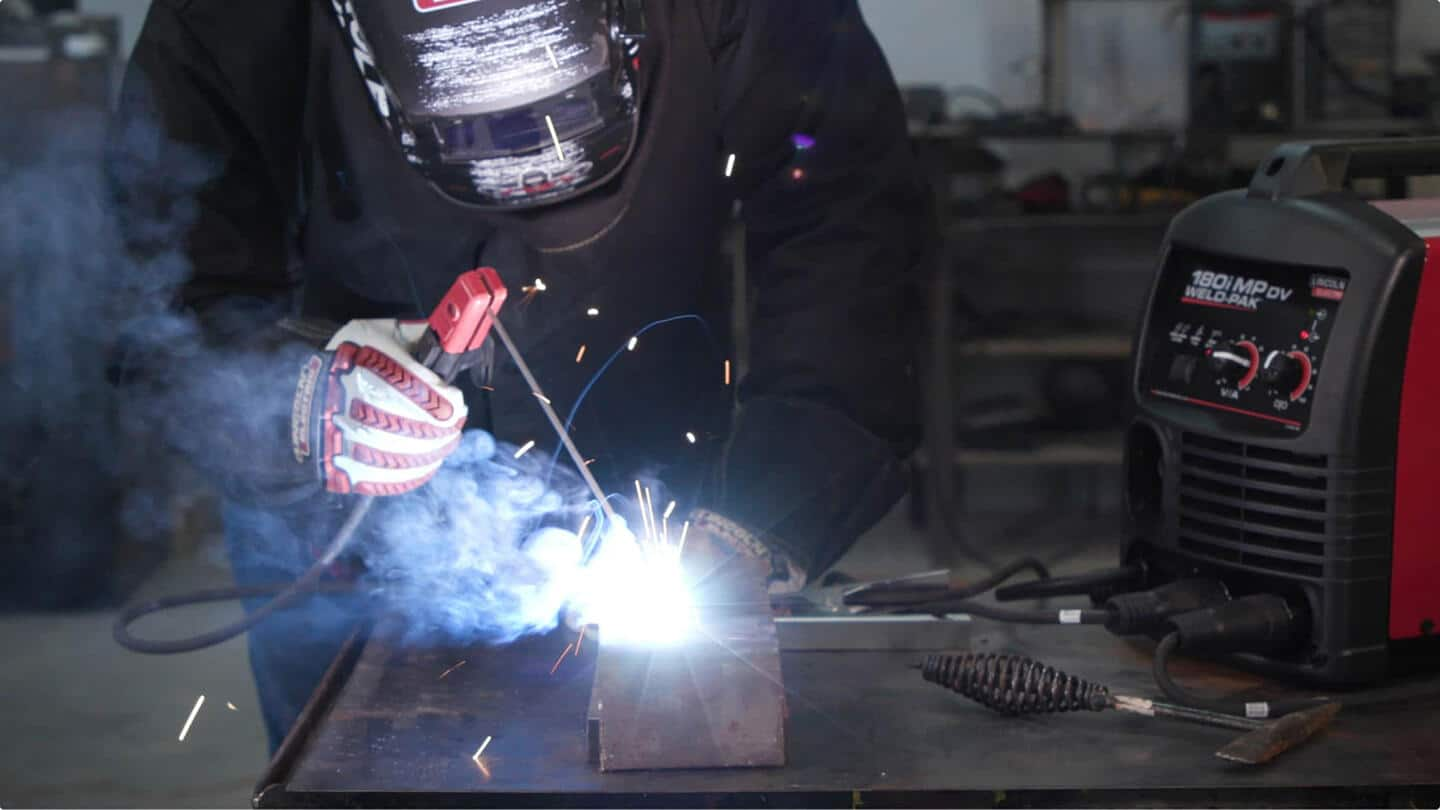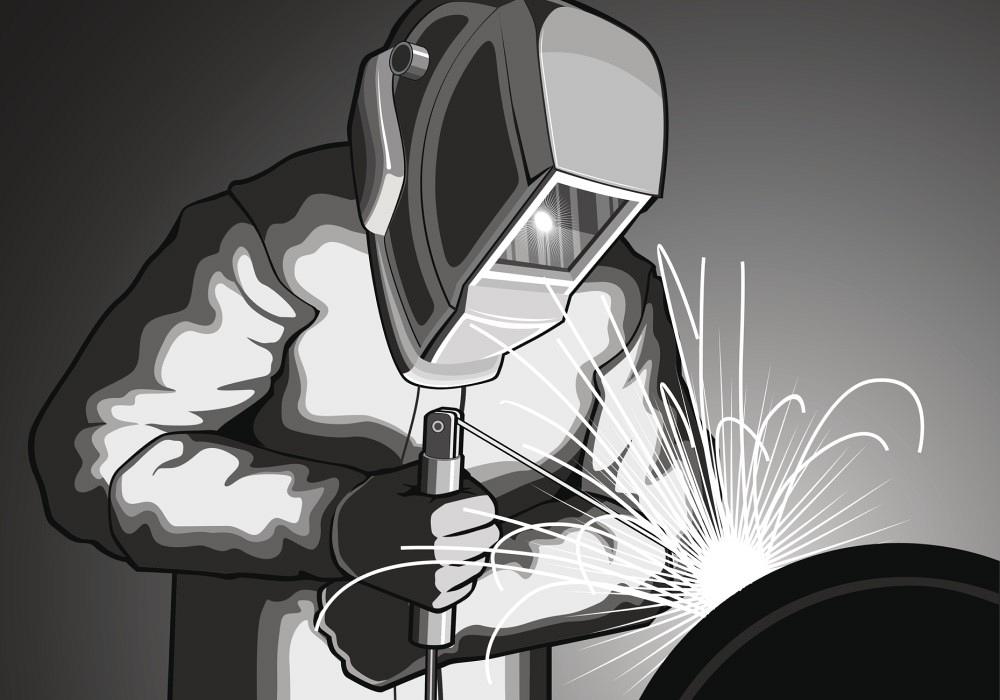Why a Welding WPS is Crucial: Enhancing Consistency and Compliance
Why a Welding WPS is Crucial: Enhancing Consistency and Compliance
Blog Article
The Ultimate Guide to Welding WPS Procedures: A Thorough Review for Welders
In the intricate world of welding, Welding Treatment Specs (WPS) serve as the backbone of making certain quality, uniformity, and security in welding procedures. Understanding the subtleties of producing, carrying out, and checking WPS procedures is necessary for welders aiming to raise their craft and meet sector requirements. As we explore the various elements of a WPS and discover the complexities of qualification and qualification, we will uncover the vital role these treatments play in the world of welding. Let's embark on a trip to unwind the complexities and relevance of WPS treatments in welding practices.
Relevance of WPS Procedures
Comprehending the importance of Welding Procedure Requirements (WPS) treatments is important for making sure the high quality and honesty of welded frameworks. WPS treatments function as a roadmap for welders, laying out the necessary steps, specifications, and products needed to achieve a sound weld. By sticking to WPS guidelines, welders can ensure consistency in their work, causing dependable and structurally sound welds.
One of the primary reasons WPS treatments are important is their duty in maintaining weld top quality and stability. Adhering to the specified welding criteria and methods described in the WPS assists prevent defects such as porosity, splitting, or incomplete combination, which can endanger the strength and resilience of the weld. In addition, WPS procedures are vital for making sure compliance with sector standards and codes. By following well established WPS guidelines, welders can show that their work fulfills the required needs for safety and quality, providing guarantee to customers, assessors, and regulatory bodies. Essentially, the relevance of WPS procedures can not be overstated, as they are basic to attaining constant, top notch welds that satisfy market standards and requirements.
Components of a WPS
A Welding Treatment Specification (WPS) normally comprises essential parts that detail the specific demands for performing a weld, making certain uniformity and quality in the welding process. The crucial components of a WPS consist of vital variables such as base steels, filler metals, preheat and interpass temperature levels, welding procedures, shielding gases, welding placements, and post-weld warmth therapy demands.
Base steels describe the materials being signed up with, while filler steels are used to fill the void between the base steels during welding. Preheat and interpass temperatures are critical for controlling the warm input and protecting against issues like breaking or distortion. The welding process describes the specific method to be made use of, whether it's gas metal arc welding (GMAW), secured metal arc i thought about this welding (SMAW), or one more method. Protecting gases safeguard the weld pool from atmospheric contamination. Welding placements define the alignments in which welding can be done. Post-weld warmth therapy might be essential to relieve tensions and enhance the weld's properties. A detailed understanding of these elements is critical for developing a thorough and efficient WPS.

Certification and Qualification
Having developed the vital elements of a Welding Treatment Requirements (WPS), the emphasis currently changes in the direction of the critical facets of credentials and qualification in welding methods.

Certification, on the other hand, is the formal acknowledgment of a welder's qualifications by a pertinent certification body or organization. Welding certifications are typically based find out here now upon the details welding procedures, products, and settings a welder is certified to collaborate with. Holding a legitimate welding certification demonstrates that a welder fulfills industry criteria and is qualified to do welding jobs to the required specifications.
Producing a WPS
To establish a Welding Treatment Spec (WPS) that satisfies industry standards, cautious consideration of welding processes, products, next and operational specifications is vital. The first step in developing a WPS is to determine the welding procedure to be made use of, such as gas metal arc welding (GMAW) or protected metal arc welding (SMAW)

Carrying Out and Keeping An Eye On WPS
Upon wrapping up the thorough Welding Treatment Specification (WPS) that thoroughly details welding processes, materials, functional parameters, and quality assurance procedures, the focus shifts to properly carrying out and keeping track of the well-known procedures. Execution involves guaranteeing that all welders entailed in the task are acquainted with the WPS and follow it diligently during the welding process. Reliable application and surveillance of the WPS are crucial for guaranteeing the stability, toughness, and safety of the bonded joints, inevitably adding to the overall success of the welding project.
Final Thought
Finally, understanding and adhering to Welding Treatment Requirements (WPS) is vital for welders to make sure high quality, consistency, and safety and security in their work. By knowing the components of a WPS, acquiring appropriate qualifications and qualifications, producing in-depth treatments, and carrying out and checking them successfully, welders can boost their abilities and proficiency in welding techniques. Sticking to WPS treatments is vital for creating top notch welds and meeting market criteria.
In the complex world of welding, Welding Treatment Requirements (WPS) serve as the foundation of making sure quality, consistency, and safety and security in welding operations. The welding procedure outlines the specific strategy to be utilized, whether it's gas metal arc welding (GMAW), protected steel arc welding (SMAW), or another technique.To create a Welding Treatment Specification (WPS) that satisfies market requirements, mindful factor to consider of welding processes, materials, and functional criteria is crucial. The initial step in developing a WPS is to recognize the welding process to be made use of, such as gas metal arc welding (GMAW) or secured steel arc welding (SMAW)Upon settling the detailed Welding Treatment Requirements (WPS) that carefully information welding processes, materials, operational specifications, and quality assurance measures, the emphasis changes to successfully applying and checking the well-known procedures.
Report this page